




Keeping your kitchen sink clean is not only essential for maintaining a hygienic space, but it can also extend the life of your sink. Over time, sinks can accumulate dirt, stains, and unpleasant odors, making it important to clean them regularly. In this complete guide, we will walk you through easy and effective steps to clean your kitchen sink and keep it looking sparkling clean.
Step 1: Remove any dishes or debris
The first step in cleaning your kitchen sink is to remove any dishes, utensils, or debris that may be in the sink. This will allow you to have a clear workspace and access to all areas of the sink for cleaning. Take a moment to empty the sink and clear any items that may be obstructing the process.
Step 2: Rinse with hot water
Once the sink is clear, the next step is to rinse it with hot water. This will help to remove any loose dirt or food particles that may be lingering in the sink. Run hot water for a few minutes, making sure to cover all areas of the sink, including the drain.
Step 3: Apply a cleaning solution
After rinsing with hot water, it’s time to apply a cleaning solution to the sink. There are several options for cleaning solutions, including commercial cleaners or DIY mixtures using natural ingredients such as vinegar and baking soda. Choose a solution that best suits your preferences and apply it to the sink surfaces.
Step 4: Scrub and scrub!
With the cleaning solution applied, it’s time to give the sink a good scrub. Use a sponge, brush, or a soft cloth to scrub all areas of the sink, including the sides, bottom, and around the drain. Pay special attention to any stains or stubborn dirt, and scrub until the sink is clean and shiny.
Step 5: Rinse and dry
Once you are satisfied with the cleanliness of the sink, rinse it thoroughly with hot water to remove any residue from the cleaning solution. Then, dry the sink using a clean, dry cloth or paper towels. This will help to prevent water spots or streaks from forming on the sink surface.
By following these easy and effective steps, you can keep your kitchen sink looking clean and fresh. Remember to clean your sink regularly to maintain its hygiene and prolong its lifespan. A clean sink not only makes your kitchen more inviting, but it also ensures a healthy environment for food preparation and dishwashing.
Preparation for Cleaning Your Kitchen Sink
Before you start cleaning your kitchen sink, it’s important to gather all the necessary supplies. Having everything ready will make the cleaning process quicker and more efficient. Here is a list of items you will need:
- A scrub brush or sponge
- Dish soap or a mild cleaner
- Baking soda or vinegar
- White distilled vinegar
- Lemon or lime
- Microfiber cloth
- Paper towels or clean cloth towels
- Rubber gloves
- Old toothbrush
Make sure your sink is empty and remove any dishes, utensils, or debris from the sink before you begin. Clearing away clutter will make it easier to clean the entire surface of the sink.
If you have a garbage disposal, it’s a good idea to give it a quick clean before tackling the sink. Run some ice cubes through the disposal to clean the blades and remove any built-up residue.
Next, remove any stainless steel racks or other accessories from the sink. These can be soaked separately and cleaned later. Rinse the accessories with warm, soapy water and set them aside to dry.
Lastly, gather all your cleaning supplies and place them near the sink. This will save you time and ensure that you have everything you need within reach.
Gather the Necessary Cleaning Supplies
Before you start cleaning your kitchen sink, it is important to gather all the necessary cleaning supplies. Having everything you need within reach will save you time and ensure an effective cleaning process.
Here are the essential cleaning supplies you will need:
- Dishwashing liquid: Choose a mild dishwashing liquid that is suitable for cleaning your sink.
- Baking soda: Baking soda is a natural cleaner and deodorizer that can effectively remove stains and odors from your sink.
- Vinegar: Vinegar is another natural cleaning agent that can help dissolve dirt and grime on your sink’s surface.
- Lemon: Lemon is a natural disinfectant and can help remove tough stains and odors from your sink.
- Microfiber cloth or sponge: These soft and absorbent materials are ideal for cleaning your sink without scratching or damaging the surface.
- Soft-bristle brush: A soft-bristle brush is useful for scrubbing hard-to-reach areas or removing stubborn stains.
- Rubber gloves: Rubber gloves will protect your hands from harsh chemicals and hot water.
- Old toothbrush: An old toothbrush can be handy for cleaning small crevices and corners of your sink.
- Paper towels: Paper towels are great for wiping and drying your sink after cleaning.
Having these cleaning supplies ready will ensure a smooth and effective cleaning process for your kitchen sink.
Step-by-Step Guide to Cleaning Your Kitchen Sink
1. Gather Your Cleaning Supplies
Before you begin cleaning your kitchen sink, gather all the necessary cleaning supplies. You will need:
- Dish soap
- Baking soda
- Vinegar
- Soft sponge or cloth
- Scrub brush
- Microfiber cloth
- Optional: lemon or orange peel (for natural fragrance)
2. Remove Any Dishes or Utensils
Start by removing any dishes, utensils, or other items from the sink. Clearing the sink area will make it easier to clean and ensure that you don’t accidentally damage anything during the cleaning process.
3. Rinse the Sink
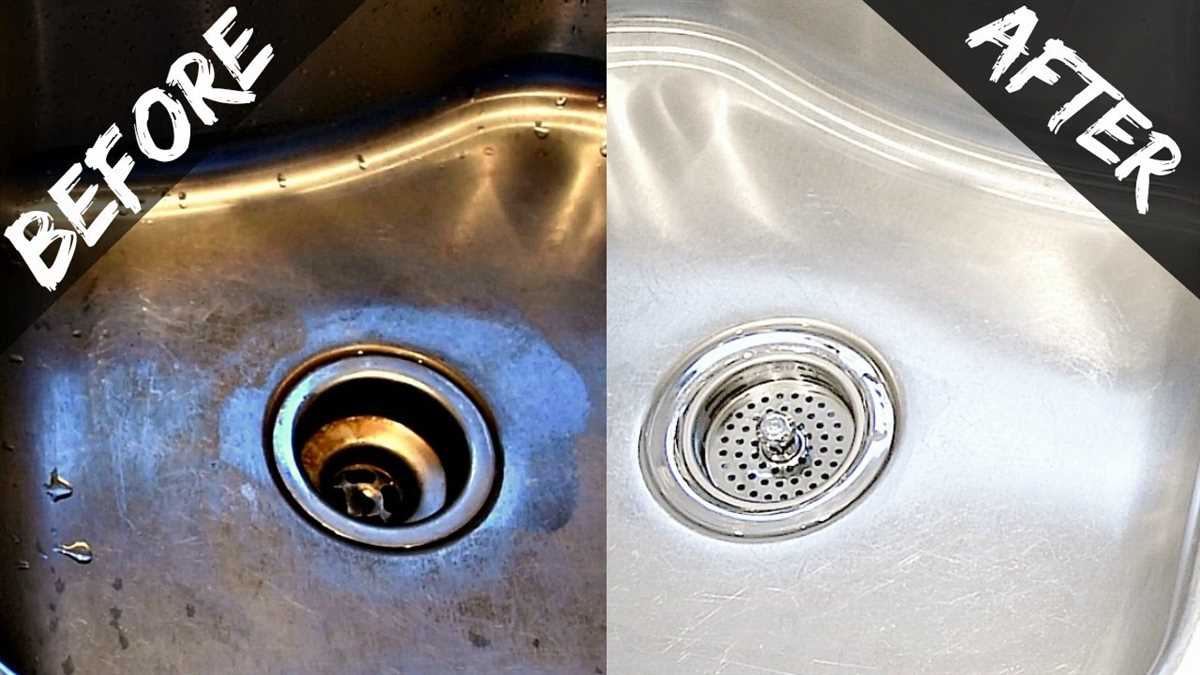
Before applying any cleaning agents, rinse the sink with warm water to remove any loose debris or food particles.
4. Apply Dish Soap
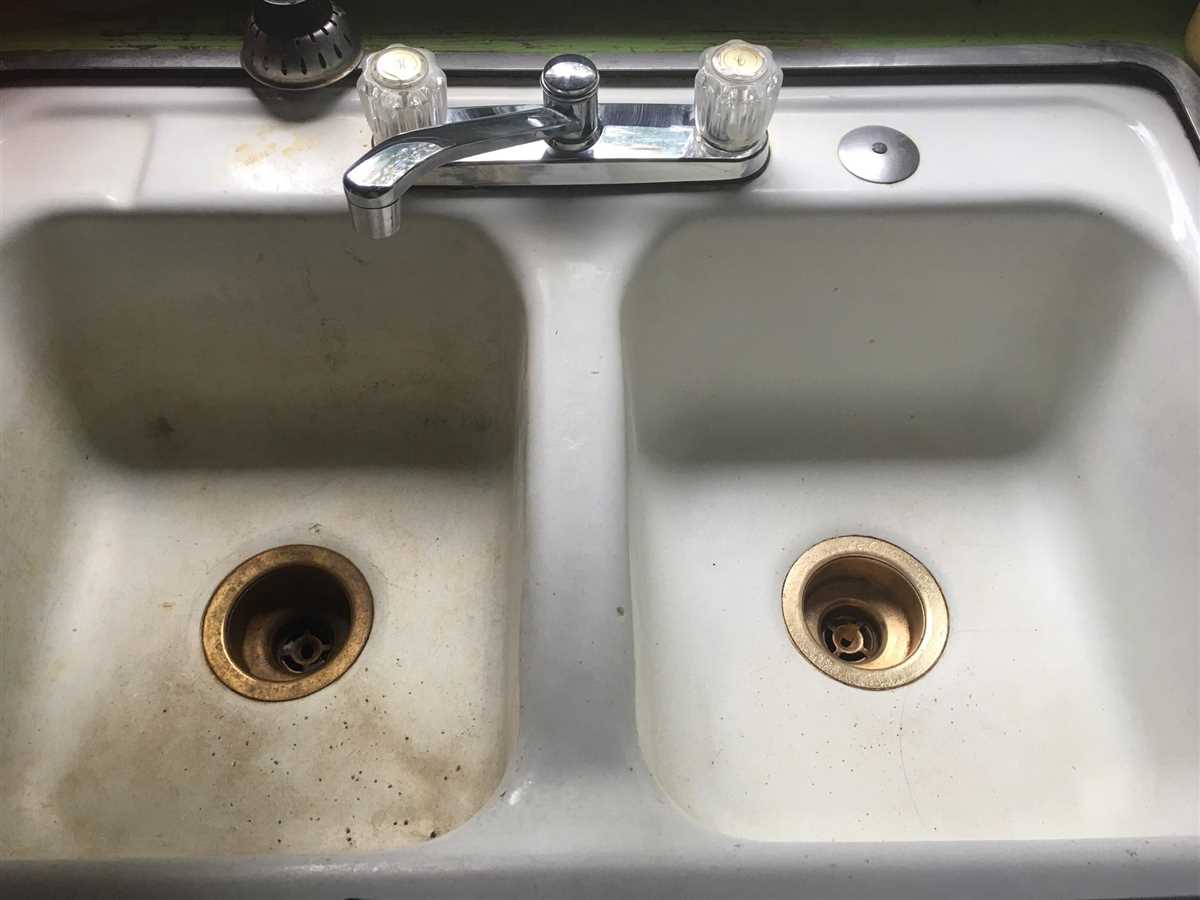
Squeeze a small amount of dish soap onto a wet sponge or cloth. Gently scrub the entire surface of the sink, paying extra attention to any stained or dirty areas.
5. Sprinkle Baking Soda
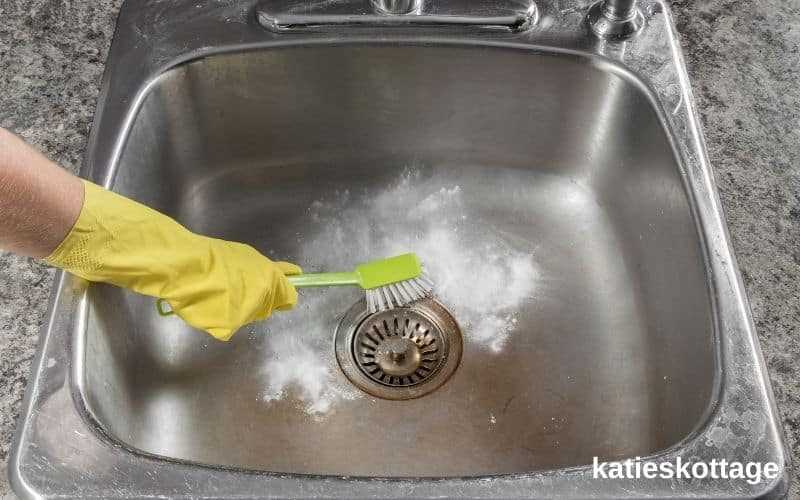
After washing with dish soap, sprinkle baking soda over the surface of the sink. Use a soft sponge or cloth to scrub the baking soda into the sink, focusing on any areas with stains or residue.
6. Pour Vinegar
Pour a small amount of vinegar onto a cloth or sponge and scrub the sink with it. The combination of vinegar and baking soda will create a bubbling reaction that helps remove tough stains and grime.
7. Rinse and Dry
Rinse the sink thoroughly with warm water to remove any residue from the cleaning process. Once the sink is clean, use a microfiber cloth to dry the surface and prevent water spots.
8. Add a Fresh Scent (Optional)
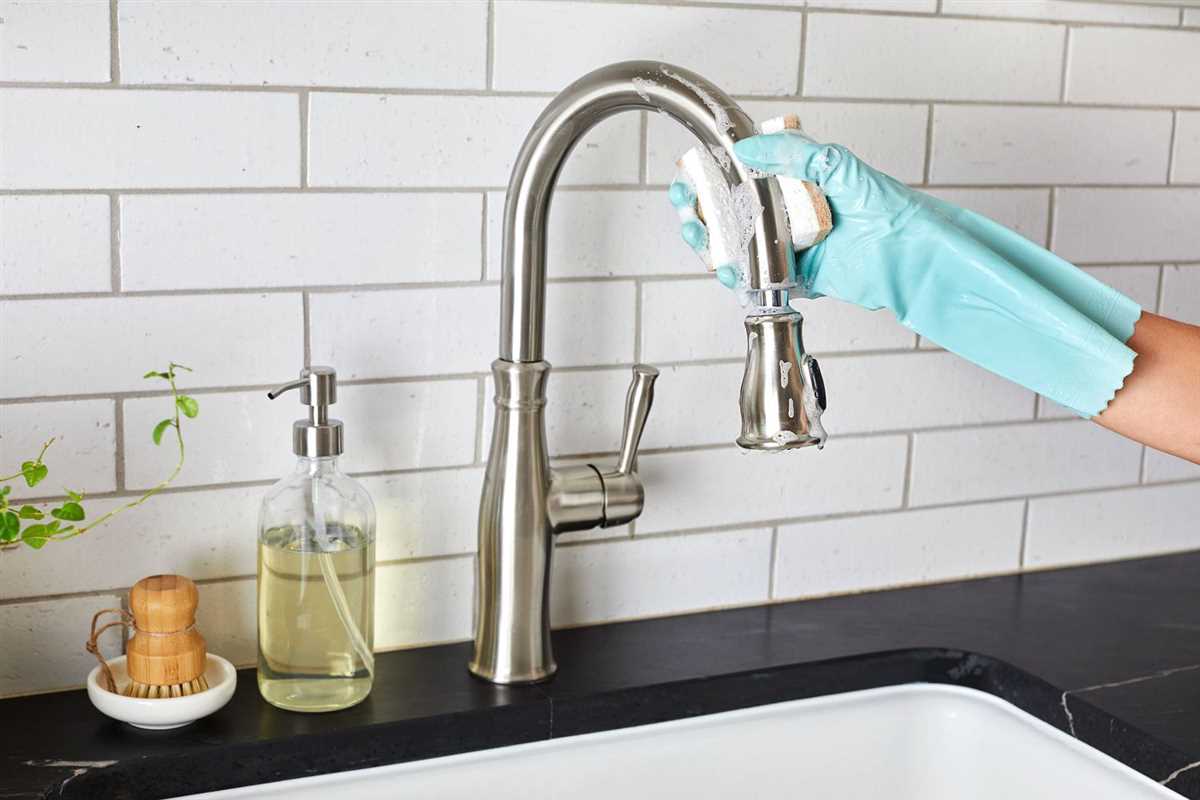
If desired, you can add a fresh scent to your clean sink by rubbing the surface with a lemon or orange peel. This will leave behind a natural fragrance and remove any lingering odors.
9. Maintain Regular Cleaning
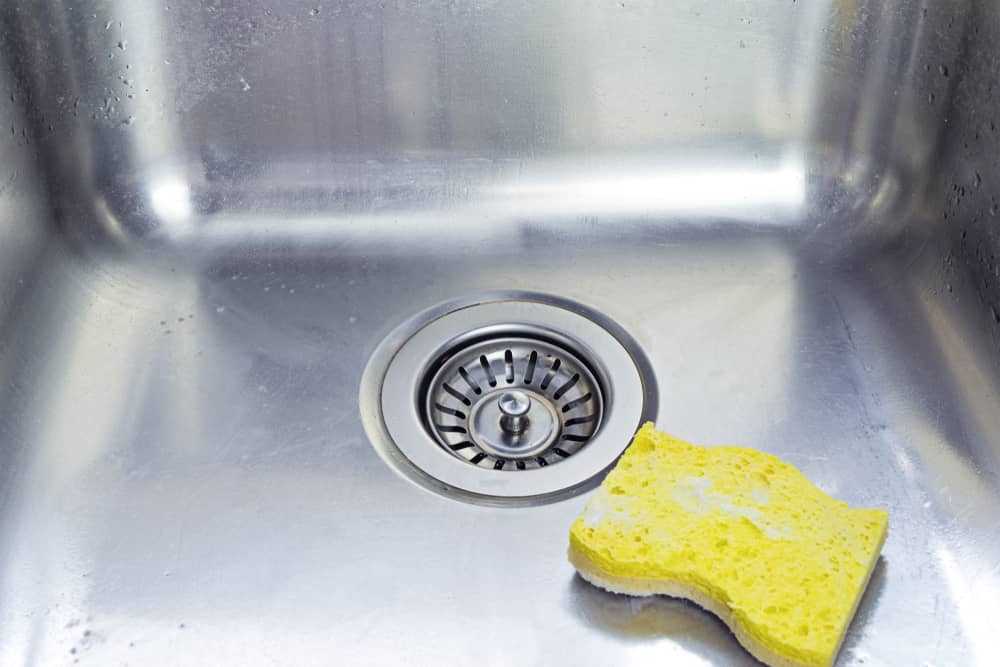
To keep your kitchen sink clean and free from stains, make sure to clean it regularly. Wipe down the sink after every use, and deep clean it at least once a week using the steps outlined above.
By following this step-by-step guide, you can effectively clean your kitchen sink and keep it looking and smelling fresh. A clean sink not only improves the appearance of your kitchen but also helps maintain proper hygiene in a frequently used area. Happy cleaning!
Tips for Maintaining a Clean Kitchen Sink
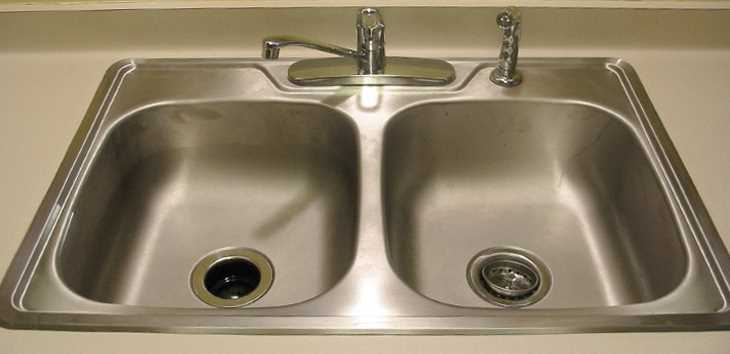
Keeping your kitchen sink clean is essential for a healthy and hygienic kitchen environment. Here are some tips to help you maintain a clean kitchen sink:
1. Clean the sink after each use
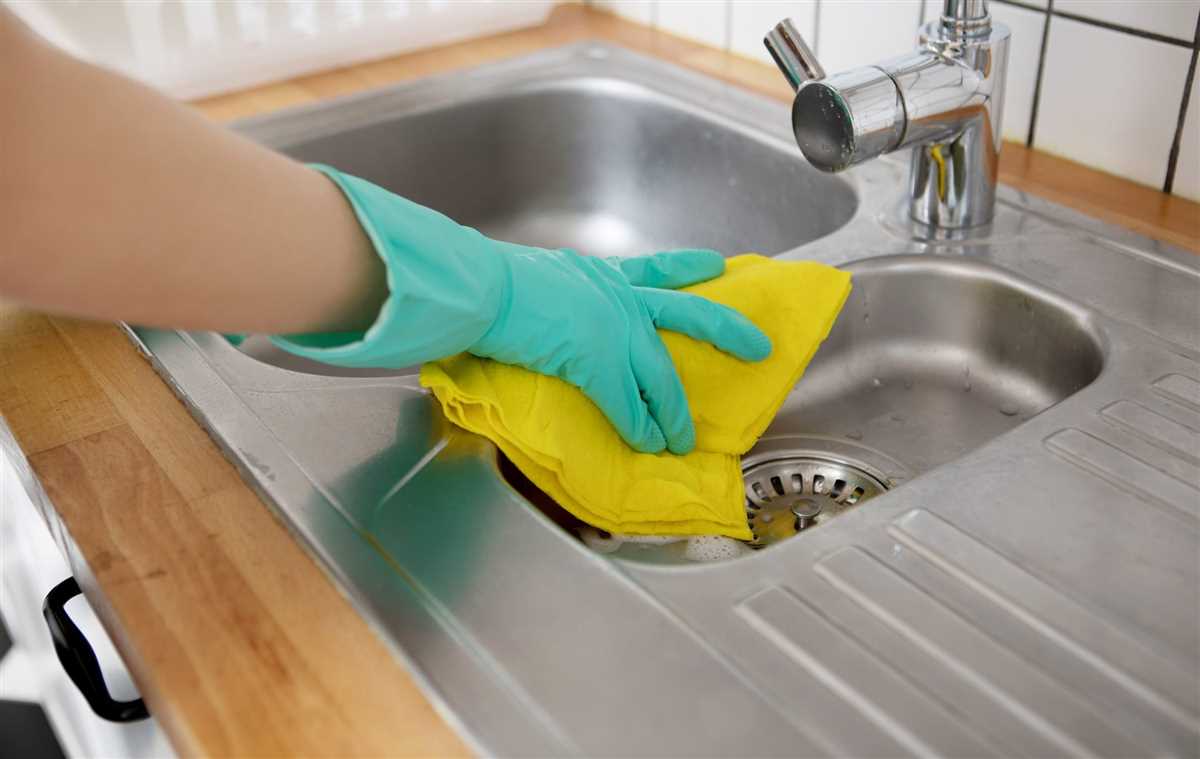
Get into the habit of cleaning your sink after every use. Rinse it with warm soapy water and use a sponge or cloth to wipe away any food particles or stains. This will prevent the buildup of dirt and bacteria.
2. Use a sink strainer
Place a sink strainer in your kitchen sink to catch food scraps and other debris. This will prevent them from clogging your drain and causing unpleasant odours. Empty the strainer regularly and clean it to remove any trapped particles.
3. Avoid leaving dishes in the sink
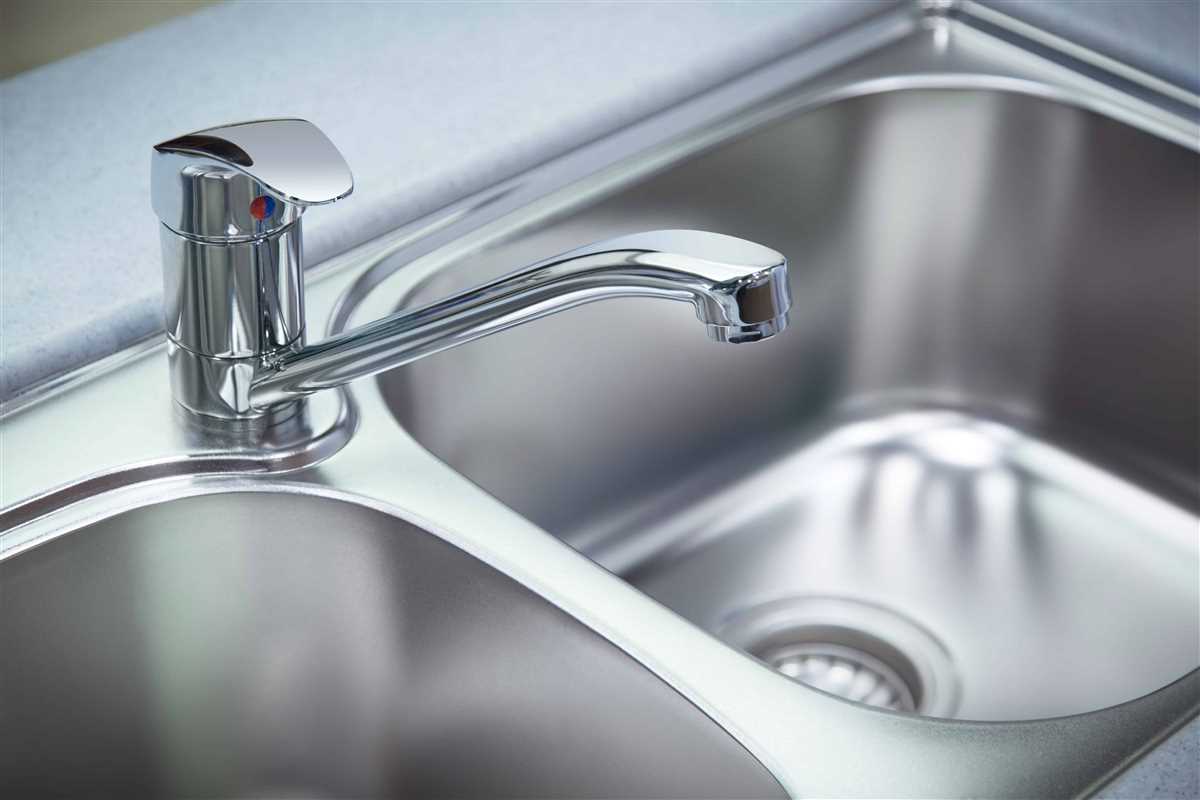
Leaving dirty dishes in the sink not only creates an unsightly mess but also allows bacteria and germs to thrive. Make it a habit to wash and put away dishes immediately after use. This will help keep your sink clean and prevent the spread of bacteria.
4. Deodorize your sink regularly
To keep your sink smelling fresh, deodorize it regularly. You can do this by pouring a cup of baking soda or vinegar down the drain and letting it sit for a few minutes before rinsing with hot water. This will help eliminate any unpleasant odours.
5. Use a disinfectant
Regularly sanitize your sink with a disinfectant to kill any bacteria or viruses. Follow the instructions on the disinfectant product and make sure to thoroughly rinse the sink afterward to remove any residue.
6. Check for leaks
Inspect your sink regularly for any leaks or cracks. A leaking sink can cause water damage and promote the growth of mold and mildew. If you notice any issues, repair or replace the sink as soon as possible.
7. Clean the sink accessories
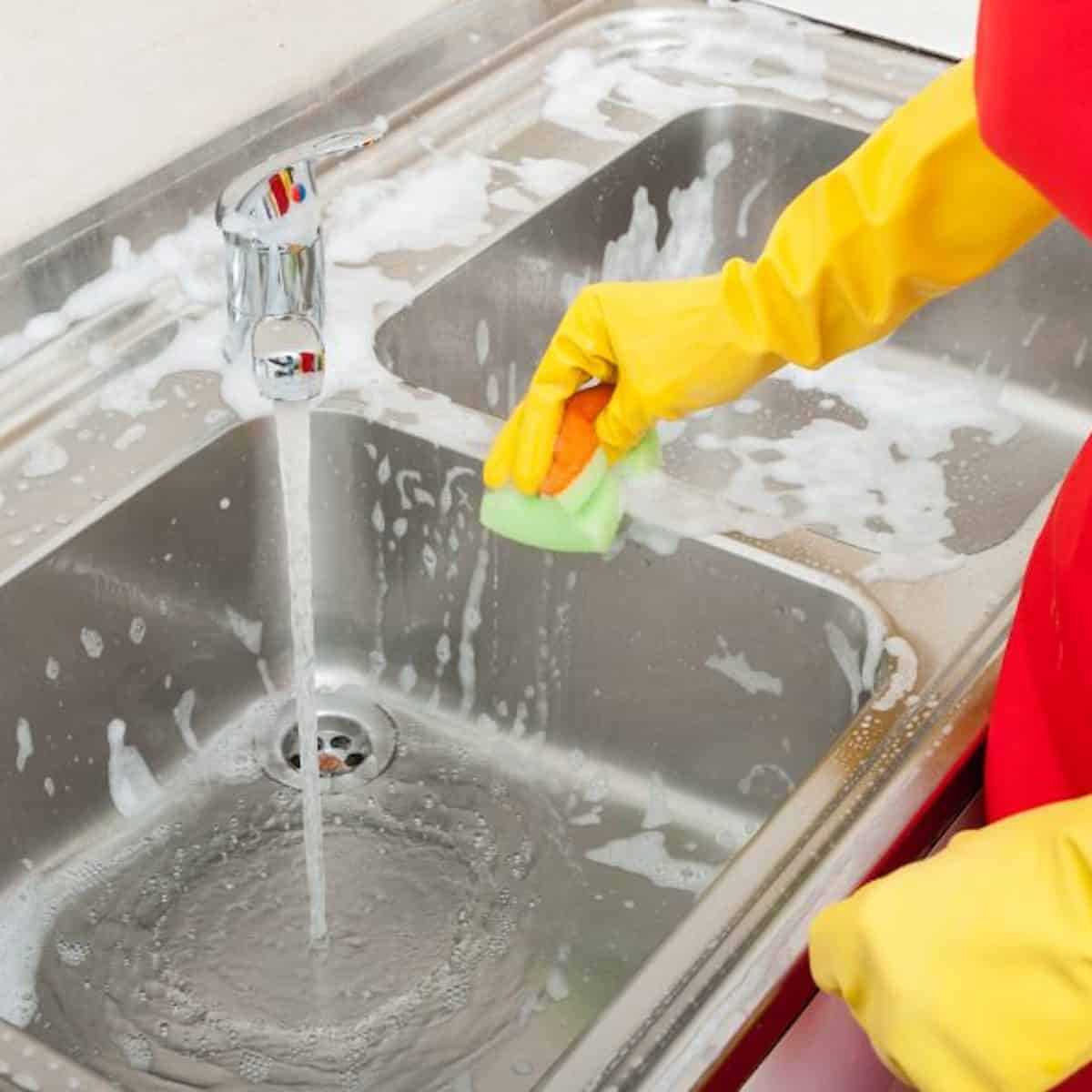
Don’t forget to clean the accessories in your sink, such as the faucet, handles, and drain stopper. Use a mild cleaner and a soft cloth to remove any dirt or grime. This will help keep your sink looking clean and shiny.
By following these tips, you can maintain a clean and hygienic kitchen sink, ensuring a healthier environment for food preparation and dishwashing.
FAQ
What are some easy and effective steps to clean a kitchen sink?
One easy and effective step to clean a kitchen sink is to start by removing any dishes or debris from the sink. Then, rinse the sink with warm water and apply a mixture of dish soap and water to the sink. Scrub the sink using a sponge or brush, paying attention to any stains or buildup. Rinse the sink with warm water and dry it with a clean towel.
What can I use to clean a stainless steel sink?
To clean a stainless steel sink, you can use a mixture of baking soda and water. Apply the paste to the sink, scrubbing gently with a sponge or brush. Rinse the sink with warm water and dry it with a clean towel. You can also use a commercial stainless steel cleaner if desired.
How often should I clean my kitchen sink?
It is recommended to clean your kitchen sink at least once a week. However, if you use your sink frequently or notice any stains or buildup, it may be necessary to clean it more often.
Can I use bleach to clean my kitchen sink?
Yes, you can use bleach to clean your kitchen sink. However, it is important to dilute the bleach with water and use it sparingly. Be sure to rinse the sink thoroughly with water after using bleach and avoid mixing it with other cleaning products.
How do I remove stubborn stains from my kitchen sink?
To remove stubborn stains from your kitchen sink, you can use a mixture of baking soda and lemon juice. Apply the paste to the stain, letting it sit for a few minutes before scrubbing with a sponge or brush. You can also try using a commercial sink cleaner or a mixture of vinegar and water.
What should I do if my kitchen sink is clogged?
If your kitchen sink is clogged, you can try using a plunger to unclog it. Fill the sink partially with water, then place the plunger over the drain and push and pull vigorously. If this does not work, you may need to use a drain snake or call a professional plumber for assistance.
How can I prevent odors in my kitchen sink?
To prevent odors in your kitchen sink, you can regularly pour boiling water down the drain to help remove any buildup. You can also try pouring vinegar or lemon juice down the drain and letting it sit for a few minutes before rinsing with water. Avoid putting greasy or oily substances down the sink, as these can contribute to odors.













